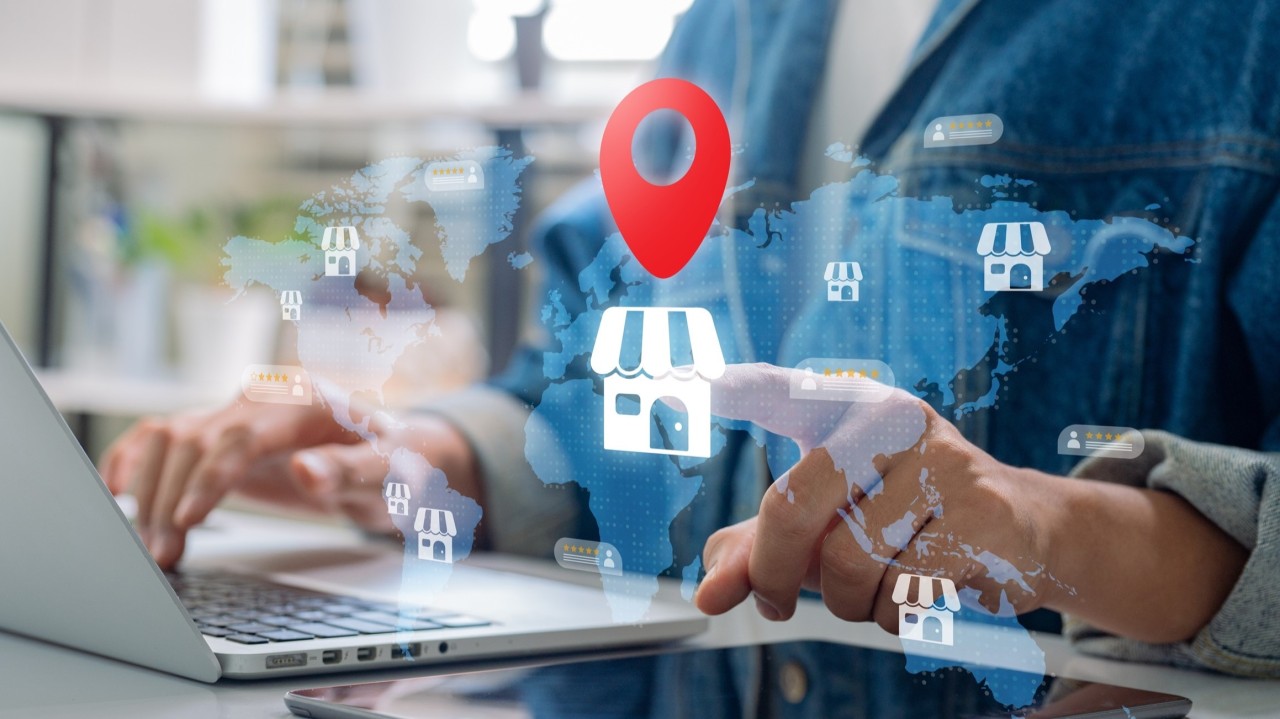In 2025, local search optimization is more important than ever for small and medium-sized businesses. With people increasingly using “near me” searches and location-based voice commands, ranking well in your city’s search results can be the difference between a steady stream of customers and being invisible online.
Local SEO focuses on optimizing your online presence so your business appears when people in your area search for products or services you offer. This guide will walk you through the strategies, tools, and trends you need to dominate local search in 2025.
Why Local SEO Matters in 2025
- Higher Intent Traffic – Local searchers are usually ready to buy.
- Mobile-First World – Most local searches happen on mobile devices.
- Voice Search Growth – More people are asking Alexa, Siri, or Google Assistant for local businesses.
- Competitive Advantage – Many small businesses still ignore local SEO, so ranking well gives you an edge.
Step 1 – Optimize Your Google Business Profile (GBP)
Your Google Business Profile (formerly Google My Business) is the foundation of local SEO.
Tips for Optimization:
- Claim and verify your profile.
- Use your exact business name (no keyword stuffing).
- Add a complete address, phone number, and website.
- Choose accurate business categories.
- Upload high-quality photos of your business.
- Post regular updates and offers.
- Respond to reviews promptly.
Pro Tip: A fully optimized GBP can help you appear in the local map pack — the top three listings in Google Maps results.
Step 2 – Target Local Keywords
Instead of broad keywords like “plumber”, use location-specific ones like “emergency plumber in Dallas”.
How to Find Local Keywords:
- Use Google Keyword Planner or Ubersuggest.
- Look at the “People also ask” and “Related searches” sections.
- Analyze competitor websites.
Example:
- “Best coffee shop in Austin”
- “Affordable yoga classes in Miami”
Step 3 – Optimize Your Website for Local SEO
Your website should clearly show your location and the areas you serve.
On-Page Local SEO Tips:
- Include your city and state in page titles, meta descriptions, and headings.
- Create location-specific landing pages for multiple service areas.
- Add your business name, address, and phone number (NAP) to every page.
- Embed a Google Map on your contact page.
Step 4 – Get Listed in Local Directories
Citations (mentions of your business name, address, and phone) help improve local rankings.
Popular Local Directories:
- Yelp
- Yellow Pages
- Bing Places
- TripAdvisor (for tourism and hospitality)
- Industry-specific directories
Important: Ensure your NAP is consistent across all platforms.
Step 5 – Collect and Manage Reviews
Positive reviews not only build trust but also influence search rankings.
Review Tips:
- Ask satisfied customers for reviews.
- Respond to all reviews — positive or negative.
- Avoid fake reviews (Google can penalize you).
Pro Tip: Use QR codes in-store or on receipts to make leaving a review easy.
Step 6 – Create Local Content
Publishing location-specific content helps attract local visitors.
Ideas:
- Blog posts about local events or news.
- Guides like “Top 10 Restaurants in [City].”
- Customer success stories from your area.
Step 7 – Use Local Schema Markup
Schema markup is code that helps search engines understand your business information.
- Use LocalBusiness schema to highlight your name, address, phone, and opening hours.
- You can test it using Google’s Rich Results Test tool.
Step 8 – Leverage Social Media for Local SEO
While social media signals aren’t direct ranking factors, they can drive local awareness.
- Tag your location in posts.
- Use local hashtags.
- Partner with local influencers.
Step 9 – Optimize for Voice Search
Voice search queries are often longer and more conversational.
- Use question-based keywords (e.g., “Where can I find a vegan bakery near me?”).
- Include natural-sounding language in your content.
Step 10 – Monitor Your Results
Track your local SEO performance using:
- Google Search Console – See which keywords bring local traffic.
- Google Analytics – Monitor visitor behavior.
- BrightLocal or Whitespark – Track local rankings and citations.
Trends in Local SEO for 2025
- AI-Powered Map Listings – Google prioritizing more personalized local results.
- Zero-Click Searches – More users getting answers directly on the search page.
- Video in Local Listings – Adding short videos to your GBP profile.
- Hyperlocal Targeting – Focusing on neighborhoods, not just cities.
- Integration with Voice Assistants – Optimizing for Alexa, Siri, and Google Assistant.
Common Mistakes to Avoid
- Not claiming your Google Business Profile.
- Using inconsistent NAP across directories.
- Ignoring negative reviews.
- Overlooking mobile site optimization.
Conclusion
Local SEO in 2025 is about visibility, trust, and relevance. If you optimize your Google Business Profile, target local keywords, create location-focused content, and maintain a strong review profile, you can dominate your city’s search results and attract more customers than ever before.
A well-executed local SEO strategy ensures that when someone in your area searches for what you offer, your business is the one they find first.

